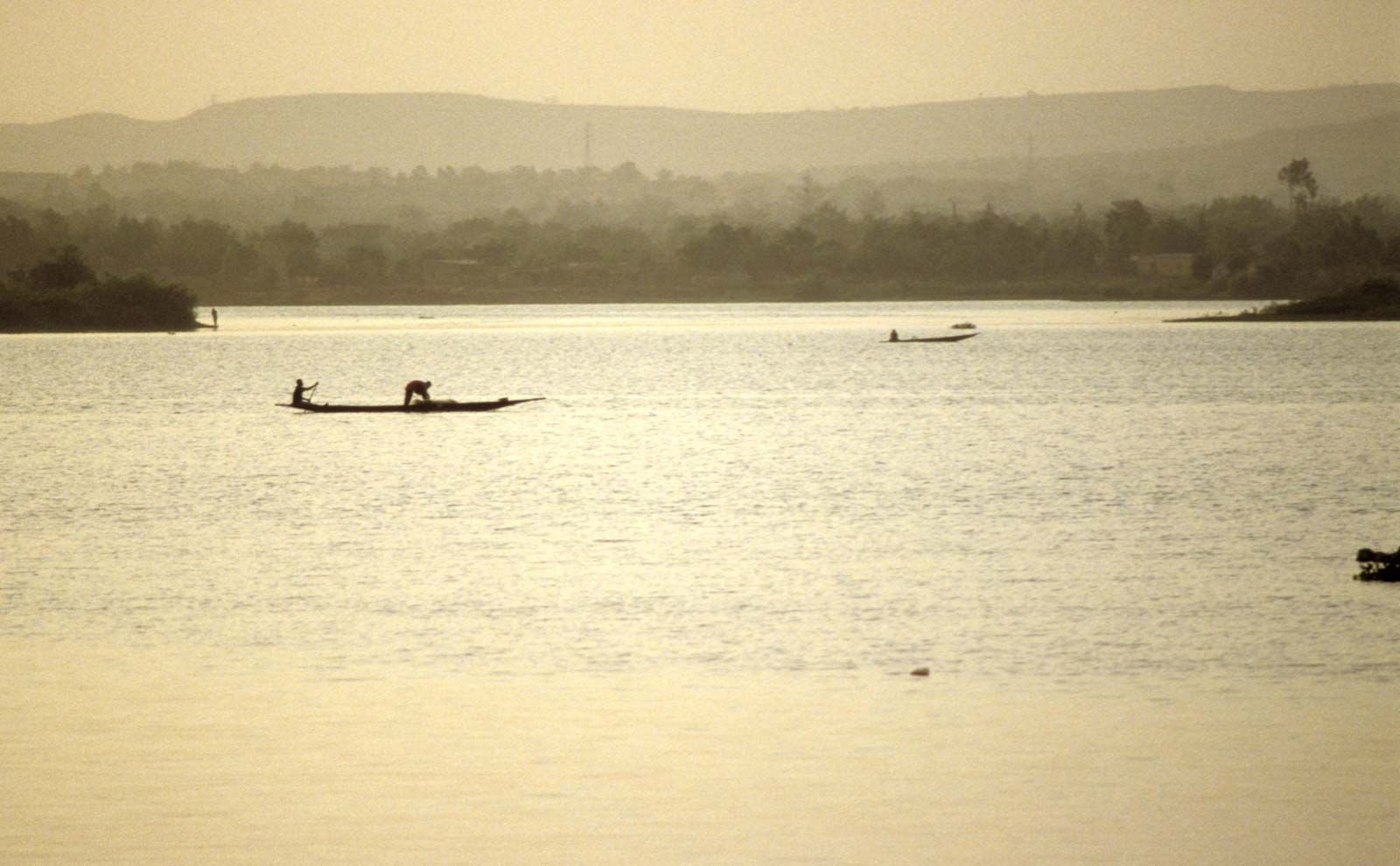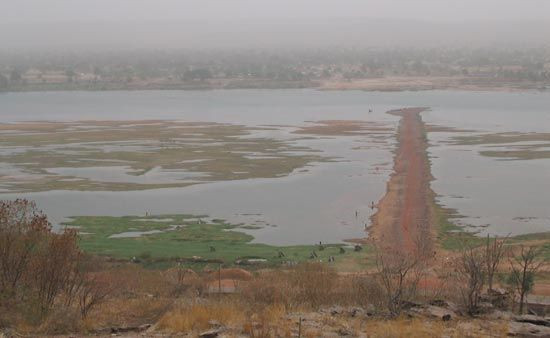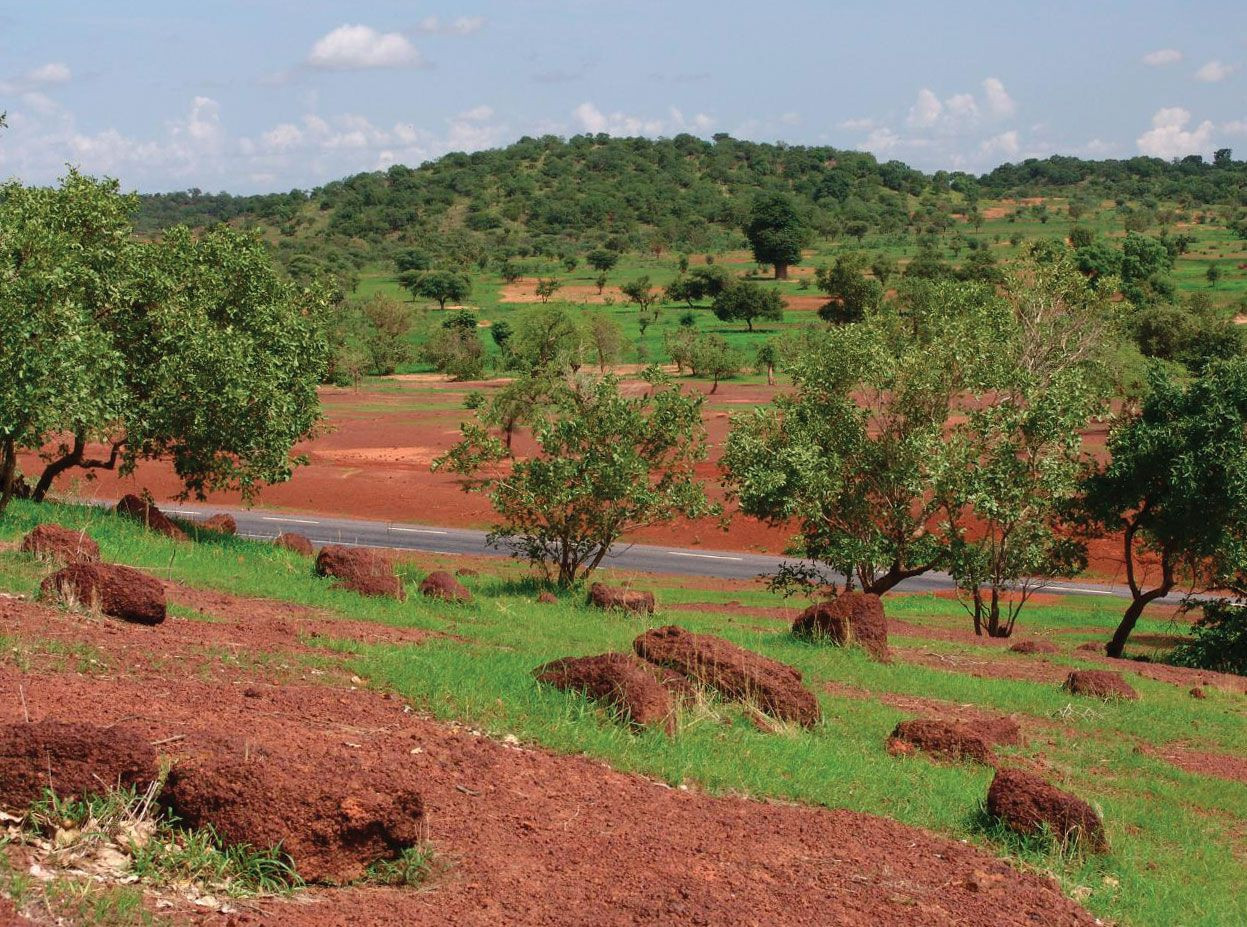Mali, a nation steeped in history and culture, often piques curiosity about its geographical position. To answer the fundamental question, “Where Is Mali Located?”, this article delves into the location, boundaries, and geographical characteristics of this West African country. Understanding Mali’s location is crucial to appreciating its climate, landscape, and regional significance.
Mali is situated in West Africa, a region known for its diverse landscapes and vibrant cultures. More precisely, Mali is a landlocked country, meaning it is entirely surrounded by land and has no coastline. It occupies a significant space in the western part of the African continent. Mali shares borders with several nations, each contributing to the regional dynamics and cultural exchange. To the north, Mali is bordered by Algeria, a large North African country. To the east, its neighbors are Niger and Burkina Faso, both West African nations. Moving south, Mali shares borders with Côte d’Ivoire and Guinea, also located in West Africa. Finally, to the west, Mali is bounded by Senegal and Mauritania, completing the circle of its neighboring countries. This central West African location positions Mali at a crossroads of different geographical and cultural influences.
Mali’s landscape is predominantly flat, offering a rather monotonous terrain across much of the country. Despite this general flatness, two primary relief features define its geography: plateaus and plains. These are intersected by two of Africa’s major river systems, the Niger River and the Sénégal River, vital waterways that shape the environment and livelihoods of the region. Highland areas are not widespread but exist in localized, discontinuous formations. In the southern and southwestern parts of Mali, plateaus extend from the Fouta Djallon highlands of Guinea and the Guinea Highlands of Guinea and Côte d’Ivoire. These plateaus generally range from about 1,000 to 1,600 feet (300 to 500 meters) above sea level. Some areas, like the Mandingue Plateau near Bamako, reach heights nearing 2,000 feet (600 meters), and even exceeding 2,100 feet (640 meters) near Satadougou. Southeastern and eastern plateaus, also extensions of the Guinea Highlands, present a series of smaller, broken hills. Elevations here vary from approximately 1,000 feet (300 meters) around Sikasso to 1,740 feet (530 meters) at Mount Mina. East of the Niger River, the Dogon Plateau slopes westward towards the river valley but dramatically ends in cliffs to the southeast, reaching almost 3,300 feet (1,000 meters) at Bandiagara. Northwest of this region is Mount Hombori Tondo, Mali’s highest point, soaring to 3,789 feet (1,155 meters). Northern and central Mali consist of the plains of the Niger River basin and parts of the Sahara Desert. The Iforas Massif, an extension of the Hoggar region in the Sahara, is the main relief feature in the north, rising to over 2,000 feet and displaying heavily eroded sandstone plateaus.
 Pirogues navigating the Niger River near Bamako, Mali, showcasing a major waterway
Pirogues navigating the Niger River near Bamako, Mali, showcasing a major waterway
Mali’s drainage system is dominated by the Sénégal and Niger rivers and their tributaries, with only a few intermittent streams in the northeast. The Sénégal River system flows northwest across western Mali for about 420 miles (670 km) towards the Atlantic Ocean. Key headstreams include the Bakoye River, originating in Fouta Djallon, and the Bafing River, rising further east. These rivers converge at Bafoulabé to form the Sénégal River. The river’s course continues northwest and then west around the Mandingue Plateau, marked by falls at Gouina and Félou before it leaves Mali. The Niger River, a defining feature of Mali, flows for slightly over 1,000 miles (1,600 km) within the country, representing about two-fifths of its total length. It enters Mali near Kangaba, already a substantial river, originating from Fouta Djallon. The Niger flows northeast across the Mandingue Plateau, with falls and a dam at Sotuba interrupting its path. Upon reaching Koulikoro, it broadens into a wide valley, flowing majestically towards its confluence with the Bani River at Mopti. From Mopti, the Niger forms an interior delta due to the flat terrain and minimal river gradient. The river branches into a network of streams and lakes as it progresses northward and then eastward at Kabara. At Bourem, the Niger takes a significant turn to the southeast, known as the Niger Bend, continuing past Gao and Ansongo to the Niger border at Labbezanga.
The Niger River’s flow is seasonal, with high waters on the upper Niger from July to October, in the delta from September to November, and at the bend from December to January. The periodic flooding and fertile alluvial soils in the central delta make the Niger valley a vital agricultural region. However, soils outside the Niger valley in Mali are generally poor. In the south, ferruginous soils are shallow and form a hard, red crust due to intense evaporation. The desert region is characterized by sand, rock, and gravel.
 The Niger River near Koulikoro, Mali, showcasing its importance for agriculture and transport
The Niger River near Koulikoro, Mali, showcasing its importance for agriculture and transport
Mali’s location within the intertropical zone dictates a hot, dry climate, with the sun positioned near its zenith for much of the year. The climate is broadly divided into two seasons: a dry season from November to June and a wet season from June to October. The dry season is characterized by low humidity and high temperatures, influenced by the alize and harmattan winds. From November to January, the alize wind from the northeast brings a relatively cooler period, with average temperatures around 77 °F (25 °C). From March to June, the harmattan, a hot, dry wind from the Sahara, causes dusty whirlwinds and daytime temperatures ranging from about 104 to 113 °F (40 to 45 °C). During the rainy season, monsoon winds from the southwest bring heavy rainstorms, often accompanied by strong winds, lightning, and thunder. August typically sees the most rainfall and slightly lower temperatures. Mali can be categorized into three climatic zones: Sudanic, Sahelian, and desert. The Sudanic climate zone, covering about one-third of the country from the southern border to latitude 15° N, receives 20 to 55 inches (510 to 1,400 mm) of annual rainfall and has average temperatures of 75 to 86 °F (24 to 30 °C). The Sahel, bordering the Sahara, receives 8 to 20 inches (200 to 510 mm) of rain annually, with average temperatures between 73 and 97 °F (23 and 36 °C). In the desert Sahara zone, daytime temperatures can soar from 117 to nearly 140 °F (47 to 60 °C), while nighttime temperatures drop to 39 to 41 °F (4 to 5 °C).
 Sahel landscape in Mali during the rainy season, illustrating the climate and vegetation
Sahel landscape in Mali during the rainy season, illustrating the climate and vegetation
In conclusion, Mali is geographically located in the heart of West Africa, a landlocked nation bordered by seven countries. Its landscape features vast plains and plateaus, traversed by the Niger and Sénégal rivers, vital for its ecology and agriculture. Mali’s climate ranges from Sudanic in the south to desert in the north, reflecting its position in the intertropical zone. Understanding “where Mali is located” provides essential context for appreciating its diverse geography, climate, and its role in the West African region.
